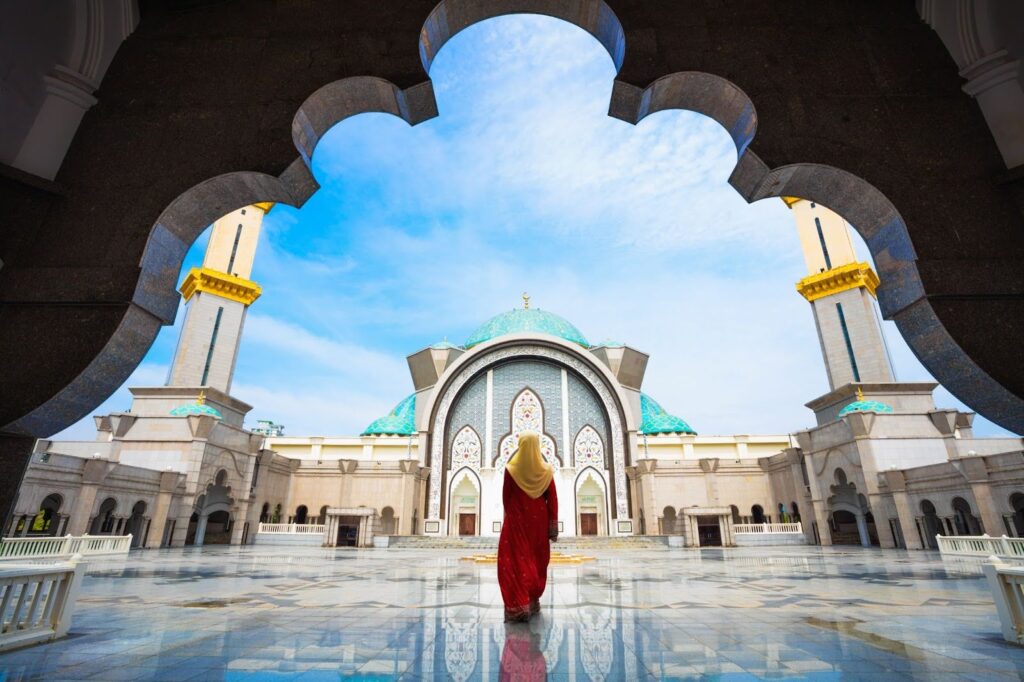MOSQUES in Malaysia showcase a variety of architectural styles shaped by the local communities they serve. Some mosques feature traditional Malay designs with timber structures and tiered roofs, while others reflect influences from the Middle East, India, China, and other regions. This diversity highlights the country’s rich cultural heritage and makes mosque tourism a key attraction, positioning Malaysia as a leading destination for Islamic tourism.
According to Dato’ Ar. Hajeedar Abdul Majid, Architect and Director of Hajeedar and Associates Sdn (HAS), the evolution of the architecture of the mosques in Malaysia is deeply rooted in the history of the communities.
Before political boundaries were established and countries formed, Malaysia was part of the Nusantara, where people lived, integrated, and developed their own distinct identities and religious practices. These cultural elements were then infused and reflected in their architectural forms.
Among the key architectural structures within these communities, aside from homes and places of work, are their places of worship. Hence, the mosque became a major architectural feature within the community,” explained Hajeedar.
MOSQUE ARCHITECTURAL EVOLUTION
He emphasized that each state in Malaysia has its own unique mosque architectural evolution, as influenced by local needs, craftsmanship, and cultural heritage. Mosques built throughout Malaysia’s history reflected the community’s perceptions and societal needs. However, the fundamental principle of mosque design remained the same, i.e., creating a structure and sacred space that could accommodate congregational prayers.
“Over the years, different mosques were created every time a community was developed. The initial building materials used were timber, bamboo, thatch, and other natural materials that could not withstand time.
“Often, they were replaced and modified over the years. However, the need for a mosque remains continuous and consistent. This is where the subtle regional evolution of mosque architecture can be observed.”
MOSQUE DESIGNS AND TOURISM
Hajeedar discussed Malaysia’s mosque tourism landscape, noting the intrinsic beauty of mosque architecture and its diverse influences. He explained that mosques in Malaysia reflect a mixture of three or even four distinct influences.
He pointed out that the mosque, or masjid, was traditionally built by the original Malay community. However, as the community grew, the influences of other races and cultures began to shape mosque architecture. Hajeedar emphasized that the Muslim community was not solely made up of Malays, with influences from the Nusantara region contributing to the unique characteristics of the early tropical mosque architecture.
“Subsequently, traders from India, the Middle East, and even China came. A prime example of this is in Malacca, via its trading history. The initial ‘pyramidal architecture’ roof form was modified with decorative elements, fenestrations, and details. Some mosque forms have also been influenced by Chinese, Mogul, Indian, and Arab cultures.
“It is the Islamic faith that brings people together; they may come from different cultural backgrounds, but their faith is the same. All mosques are universally designed to face Mecca (Qibla), and from this, one can see the strength, unity, purpose, and values that a mosque can demonstrate.”
Hajeedar explained that the variety of architectural styles across different communities, especially in mosque design, plays a significant role in shaping Malaysia’s tourism landscape. Each state in Peninsular and East Malaysia has its own historical evolution.
This diversity reflects the country’s cultural identity and offers a clear yet unique glimpse into the evolution of its architecture, making mosque tourism an essential and distinctive attraction. Today, there are several significant functioning traditional and modern mosques in Malaysia, dating from as early as the 1400s (Masjid Kampung Laut). – RnR






